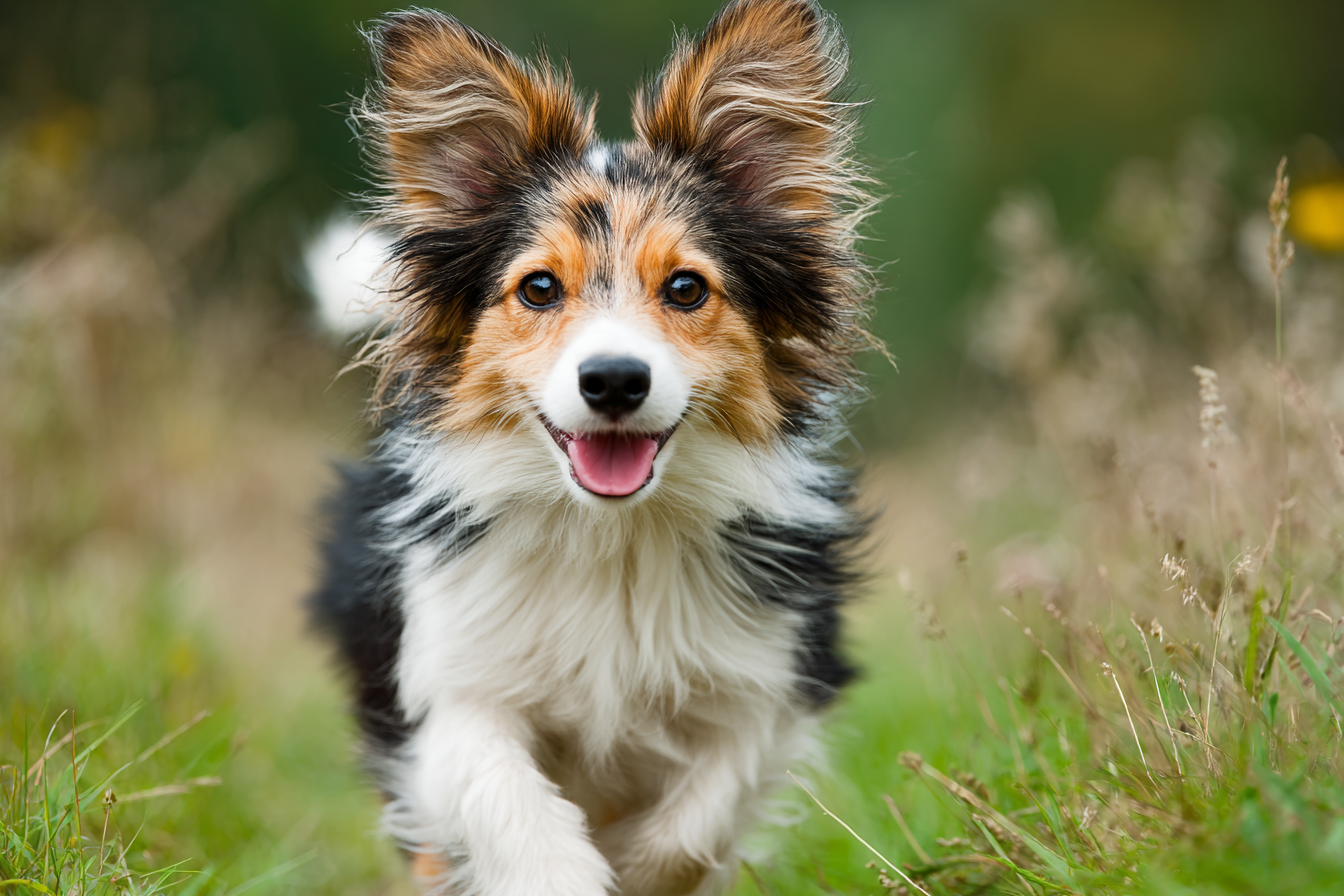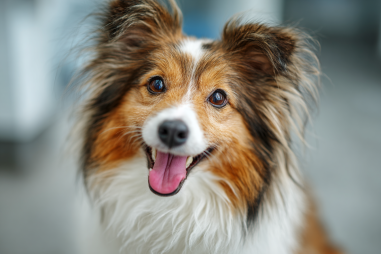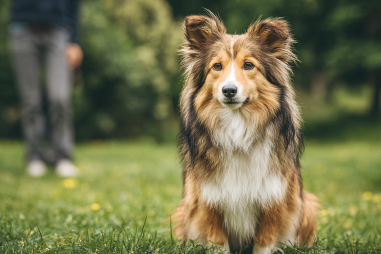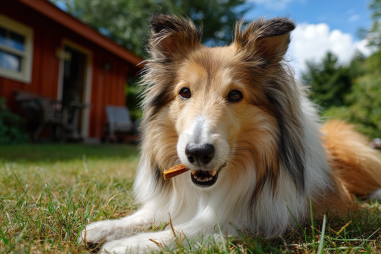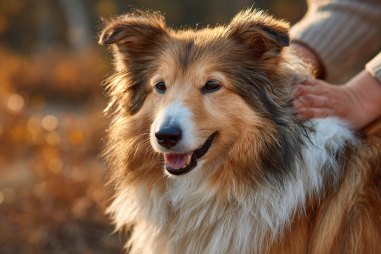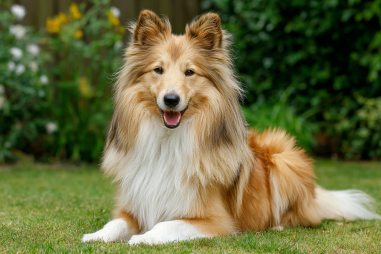Exercise is a crucial part of keeping your Shetland Sheepdog, often affectionately called a Sheltie, healthy and happy. These intelligent and energetic dogs require a balanced routine that meets both their physical and mental needs. Without sufficient activity, Shelties can develop behavioral issues such as restlessness or destructive tendencies. Understanding how to properly exercise your Sheltie will help you create a fulfilling daily routine that supports their well-being and strengthens your bond.
Energy Levels and Temperament Overview
Shetland Sheepdogs are known for their high energy and keen intelligence. Originally bred as herding dogs, they possess a natural drive to work and stay active throughout the day. Their temperament is generally lively, alert, and affectionate, which means they are eager to engage with their owners and participate in activities. However, their energetic nature also means they can become bored quickly if not given enough mental and physical stimulation. Recognizing this aspect of their personality helps in planning exercise that caters to their dynamic needs.
Daily Exercise Duration and Types
On average, a Shetland Sheepdog requires between 60 to 90 minutes of exercise each day. This amount can be divided into multiple sessions to keep your Sheltie engaged and prevent overexertion. The exercise should include a mix of physical activities like walking, running, and playing, alongside mental challenges such as obedience training or puzzle games. Since they have both endurance and speed, varied types of movement help maintain their stamina and prevent monotony.
Benefits of Physical and Mental Stimulation
Physical exercise keeps your Sheltie’s muscles toned and cardiovascular system strong, reducing the risk of obesity and health problems. Meanwhile, mental stimulation taps into their natural intelligence and need for purposeful activity. Engaging your dog’s mind through training sessions, problem-solving games, and interactive toys prevents boredom and reduces anxiety. Combined, these forms of stimulation contribute to a well-rounded, content dog that thrives on routine and challenges.
Exercise Activities Suitable for Shelties
Shetland Sheepdogs excel at activities that require agility, focus, and speed. Here are some excellent options to incorporate into their exercise plan:
- Walking and Running: Daily walks are a must. Consider brisk walks or light jogging to burn off excess energy.
- Agility Training: Shelties love obstacle courses which test their agility and obedience.
- Fetch and Frisbee: Playing fetch provides both mental focus and physical activity.
- Herding Games: Mimic their natural herding instincts with ball herding or interactive chase games.
- Hide and Seek: This mentally stimulating game engages their tracking and problem-solving skills.
Indoor and Outdoor Exercise Options
While many Sheltie exercise routines take place outdoors, there are plenty of stimulating activities you can do indoors, especially during bad weather or if space is limited. Indoor options include puzzle toys, short training sessions, or playing tug-of-war. Outdoor activities should maximize space for running and exploring, such as visits to dog parks, hiking trails, or your backyard. A combination of both indoor and outdoor exercises ensures your Sheltie stays active regardless of environment and weather.
Handling Exercise Needs with Weather Considerations
Weather can have a significant impact on your Sheltie’s ability to safely exercise. In hot conditions, it’s important to avoid strenuous activity during peak heat hours to prevent overheating. Early morning or late evening walks work best during summer. In colder months, ensure your Sheltie is protected from extreme cold and wet conditions which could cause discomfort or illness. Adjusting the length and intensity of exercise based on the weather helps keep your dog comfortable and healthy year-round.
Avoiding Overexertion
Even though Shelties are energetic, it’s vital to avoid pushing them too hard. Signs of overexertion include excessive panting, lagging behind during walks, limping, or reluctance to continue activity. Gradually build up exercise intensity and always monitor your dog’s response. Ensuring plenty of water breaks and rest periods during exercise sessions will protect your dog from injuries and exhaustion. Balance is key to maintaining their health and enthusiasm.
Incorporating Playtime with Training
One of the best ways to meet a Sheltie’s exercise needs is to combine playtime with structured training. Shelties are eager learners who thrive on positive reinforcement and mental challenges. Using play as a reward during training keeps them motivated and engaged. This approach can include teaching new commands, practicing tricks, or participating in agility exercises. The interaction fosters a strong relationship between you and your dog while fulfilling both physical and mental exercise requirements.
Creating a Balanced Routine
A well-rounded exercise routine for your Shetland Sheepdog should include a combination of physical activity, mental challenges, outdoor exploration, and indoor stimulation. Start with daily walks to burn off basic energy, add play sessions that encourage agility and speed, and finish with training games that sharpen their mind. Mixing these elements not only keeps your Sheltie physically fit but also mentally satisfied, minimizing behavioral problems. Remember that consistency and variety are essential to keep your Sheltie joyful and healthy.
By paying close attention to your Shetland Sheepdog’s exercise needs and personality, you can tailor activities that suit their energy levels and preferences. This thoughtful approach ensures your Sheltie remains a lively, obedient, and well-balanced companion for years to come.

